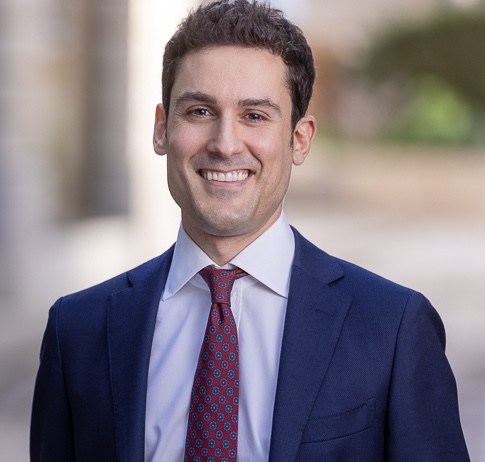Sally Ride was an astronaut. Not just any astronaut (as if it that were not impressive enough)—she was the first American woman, the youngest American, and the first LGBTQ+ person to travel to space. Sally’s distinguished career is truly inspiring, especially for women and the LGBTQ+ community.
Born on 26 May 1951 in Los Angeles, California, Sally showed remarkable ability in everything that she turned her mind to. While traveling in Europe at the age of 9, she discovered tennis, and within three years was ranked in the top 20 in Southern California for girls aged 12 and under. She would continue to nurture this passion while attending Swarthmore College in Pennsylvania, becoming the Intercollegiate Women’s Singles champion, but she ultimately concluded that she was not able to attain the level of physical fitness required to pursue a career in professional tennis.
Homesick for California, Sally transferred to the University of California and then shortly thereafter to Stanford University. At Stanford, she turned her formidable mind to the study of physics, culminating in her obtaining a PhD in the areas of astrophysics and free-electron lasers. It was while completing her doctoral studies that Sally saw an advertisement from NASA calling for applicants to their astronaut program.
Of the more than 8,000 applicants for the NASA class of 1978, only 35 were chosen to train for space flight, of which only 6 were women. In April 1982, Sally was selected for the crew of STS-7. At a pre-launch press conference, Sally was asked questions like “Will the flight affect your reproductive organs?” and “Do you have plans to be the first mother who has travelled to space?”. Astonishingly, NASA offered to provide Ride with 100 tampons for the six-day mission to space!
During the STS-7 mission and a further mission the following year, Sally was the primary operator of the Space Shuttle's robotic arm, with which she demonstrated an outstanding ability, manipulating the arm much faster than she had been trained to. Two years later, she was appointed to the commission tasked with investigating the Space Shuttle Challenger disaster. In that capacity, she was instrumental in identifying the cause of the explosion, and the only member of the commission to show open support to the engineer who had warned of the culprit technical issue prior to lift-off.
Upon retiring from NASA, Sally founded Sally Ride Science, a non-profit that seeks to inspire young people, and particularly girls, in science, technology, engineering and math.
In 1982, Sally married fellow astronaut Steven Hawley, with whom she was married for 5 years. In 1985, she began an affair with former Women’s Tennis Association player Tam O’Shaughnessy, with whom she had played tennis as a child. Sally and Tam went on to have a 27-year relationship.
Sally died on 23 July 2012 of pancreatic cancer, and it was only in her obituary (written by Tam with her blessing) that she officially came out in public. Asked about this, Tam said that Sally had struggled to accept her sexuality while a public figure, not wanting to hurt NASA or Sally Ride Science by coming out. While America “was trying to do better by women’s rights”, Tam said in an interview, “the world wasn’t ready” to know about Sally’s sexual orientation.
Sally’s renown has only grown since her death. In May 2013, she was posthumously awarded the Presidential Medal of Freedom, and she has appeared in this year’s minting of the American quarter (25-cent coin). In the words of Delaware State Senator Sarah McBride, “Ride demonstrated to the world that LGBTQ can be astronauts, that we can be part of every single field and industry, and that we can do incredible things in those jobs.”
Sally Ride’s legacy is so important because she serves as a powerful inspiration for both women and the LGBTQ+ community. Also, in starting Sally Ride Science, Sally demonstrated that she knew the importance of showing people in underrepresented groups that they, too, were capable of reaching the very heights of human endeavour.
Credits
NPR – Loving Sally Ride
Space.com – Be Inspired by Sally Ride’s Legacy
New York Times – Roger Boisjoly, 73, Dies; Warned of Shuttle Danger
Sally Ride: America’s First Woman in Space. Lynn Sherr, New York: Simon & Schuster (2014)
Sally Ride, First American Woman in Space, Dead at 61
More on Sally Ride
Queer Portraits – Sally Ride
Air and space – Sally Ride
Sally Ride Science – About Sally Ride

